DATA SERVICES
PRODUCT AND SERVICES DATA CLEANSING, ENRICHMENT, CREATION AND COMPARISON
Here are some features of our foundational platform for product data cleansing. We are able to customise functionality to suit your needs. We are partnered with AICA Data, using their advanced ML algorithms to make your data work for you, not against you.
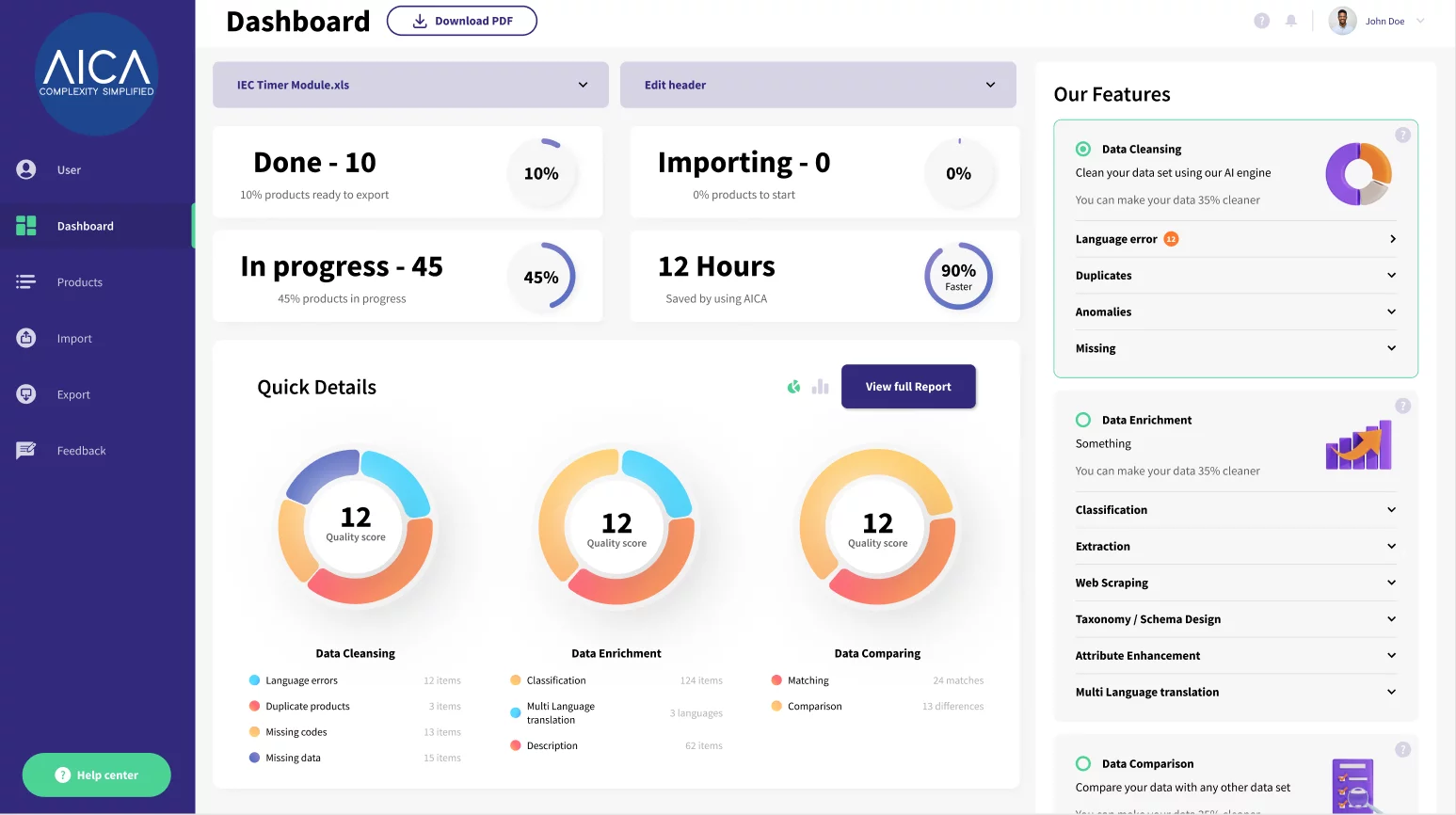
PRODUCT DATA ENRICHMENT
Product data enrichment is a bespoke solution to enhance existing information by supplementing missing or incomplete data fields.
Enriching data makes it more relevant and useful for users.
PRODUCT DATA CLEANSING
Product data cleansing is a standard functionality that removes inaccurate and invalid information from databases, with the aim of creating a consistent and unified view for all users.
As part of this process; incorrect values are eliminated, the format and pattern of data values are validated, data types are now appropriate and character limits are specified.
PRODUCT DATA COMPARISON
Product data comparison is a bespoke solution to compare products based on detailed technical specifications and prices
– whether in procurement and tender processes, or to improve search engine optimisation.
PRODUCT DATA CREATION
Establishing standardised data for products or services is crucial for optimal operational and logistical performance.
AICA offers a suite dedicated to Product and Service Data Creation, crafted to streamline your business operations.

Product Data Cleansing
Data cleansing is the process of detecting and correcting inaccurate, incomplete, redundant, or irrelevant data from a database. It involves identifying errors, inconsistencies, and duplicates in the data and then correcting or removing them to ensure that the data is accurate, reliable, and consistent.
Data cleansing is an important step in data management because it helps to ensure that the data is trustworthy for analysis, decision making, and other business operations. It also helps to prevent errors and inefficiencies that can arise from using inaccurate or incomplete data.
Missing Data
Missing Data or “Data Profiling” identifies blank values, field data types, recurring patterns, and other descriptive statistics for an instant 360-degree view of your data. As an example, a data profile can be useful in identifying opportunities for data cleansing and assessing how well your data is being maintained based on various quality dimensions.
The user can drill down and see which product item records are affected, as well as sort, filter, and conceal information about products.
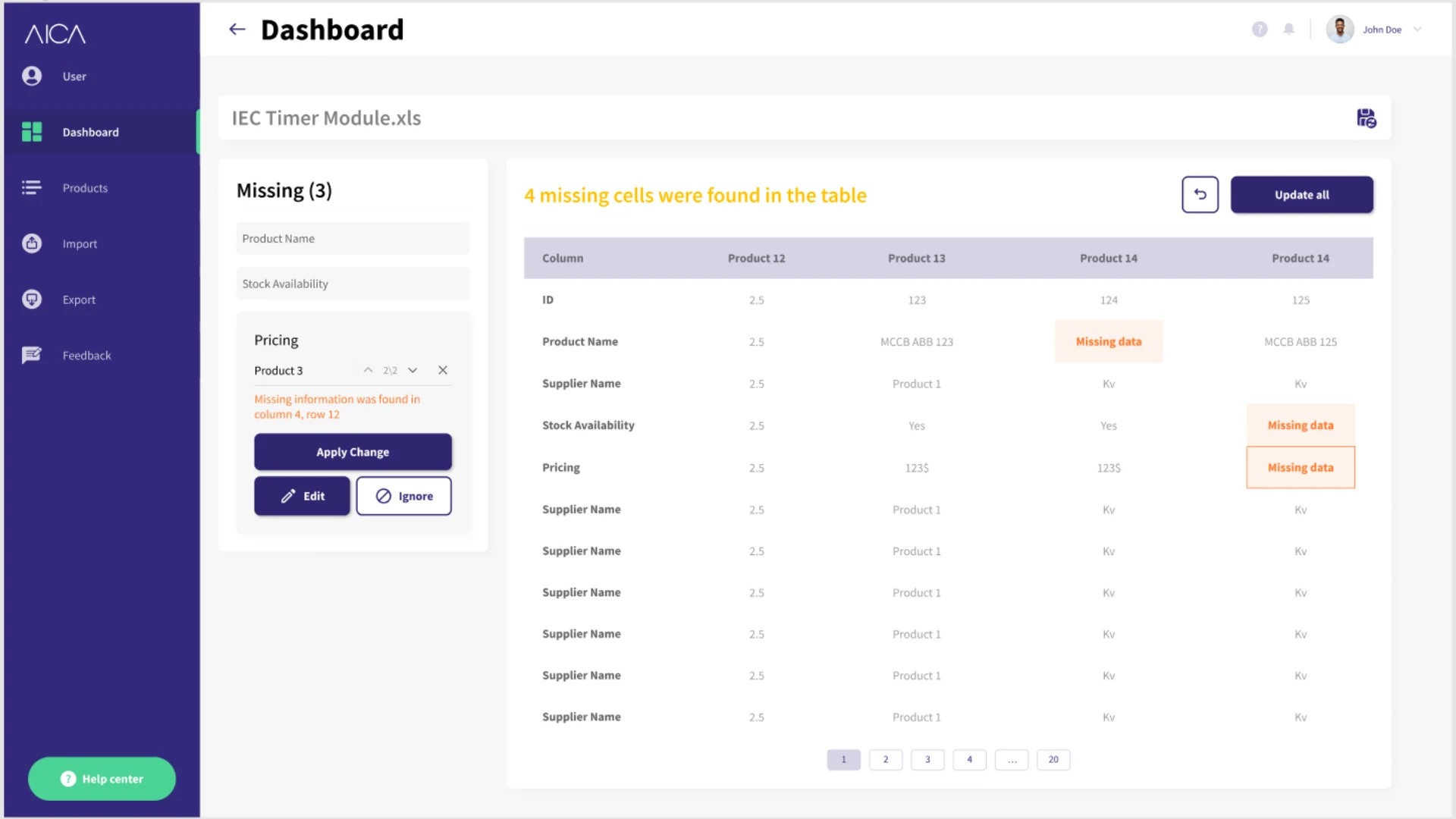
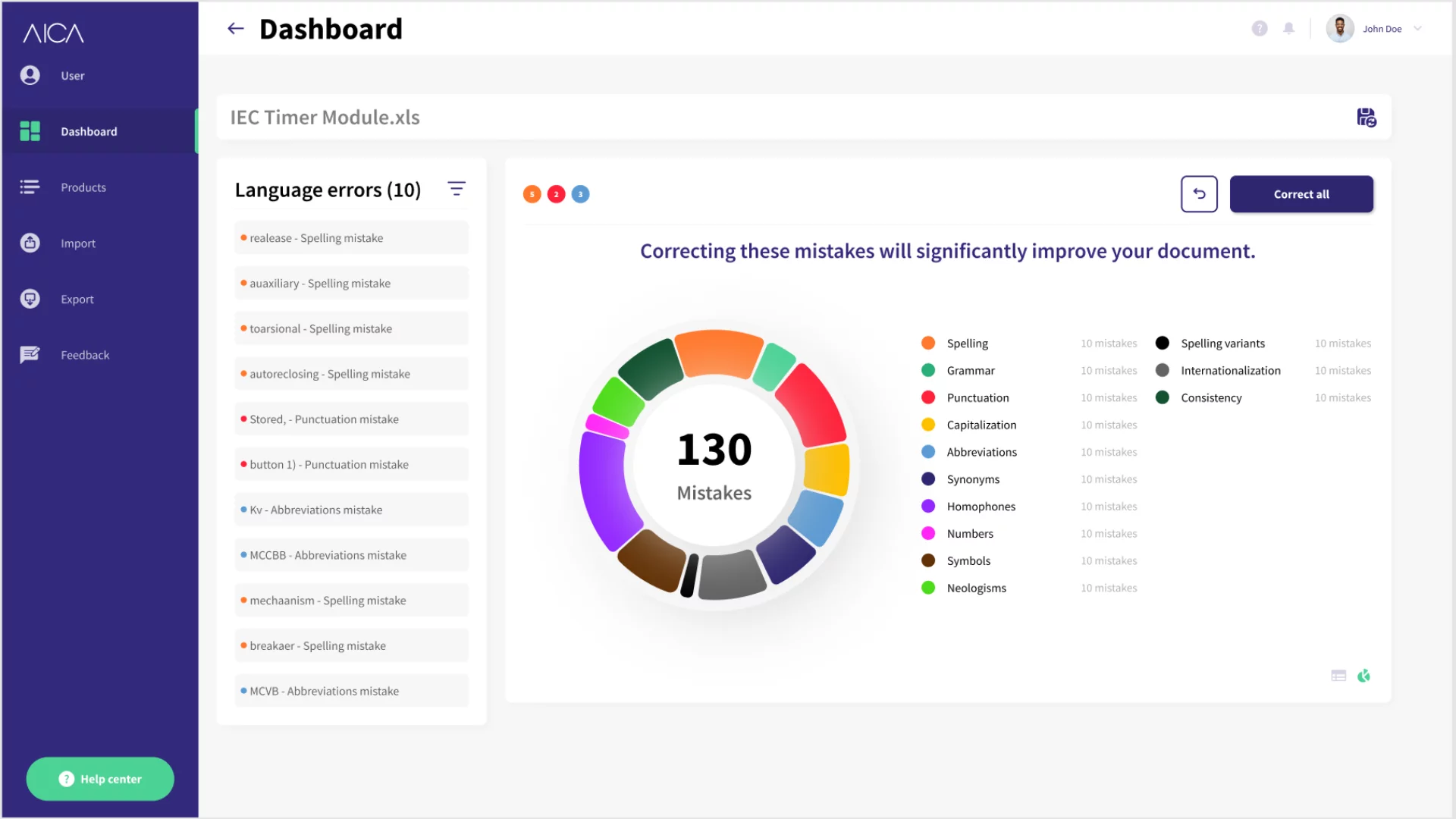
Spelling
Spelling involves the automatic detection of possible spelling and abbreviation errors according to the algorithms.
The system presents the user with options to correct or ignore the system suggestions. Uppercase, lowercase, and camel case can all be updated in bulk, and custom spelling in a foreign language can also be requested.
De-Duplication
The feature applies to duplicate product data in column content descriptions. The system searches for duplicate names, descriptions and numbers on a column and row level.
The user is then given the option to either delete or ignore the duplicates.
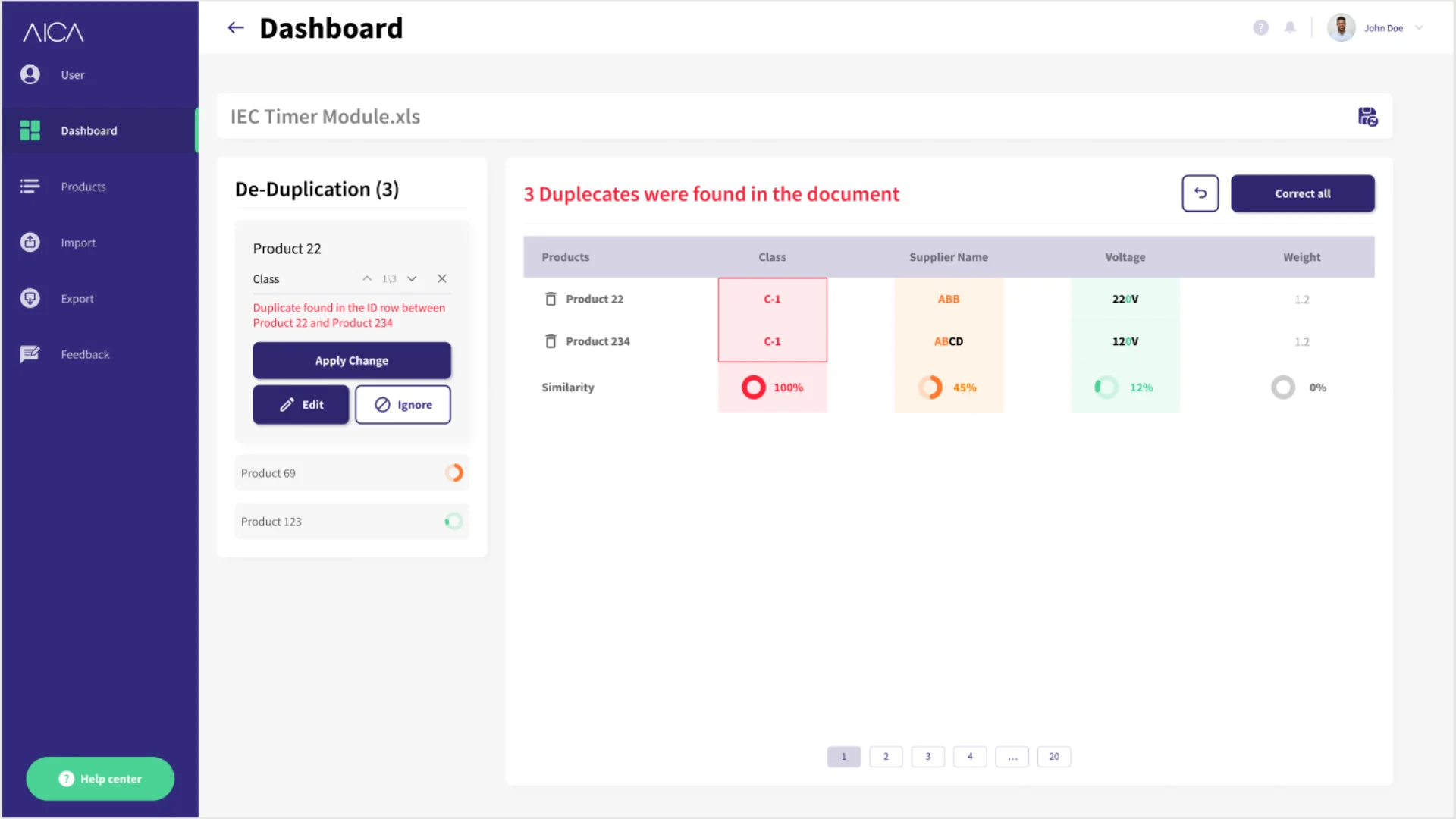
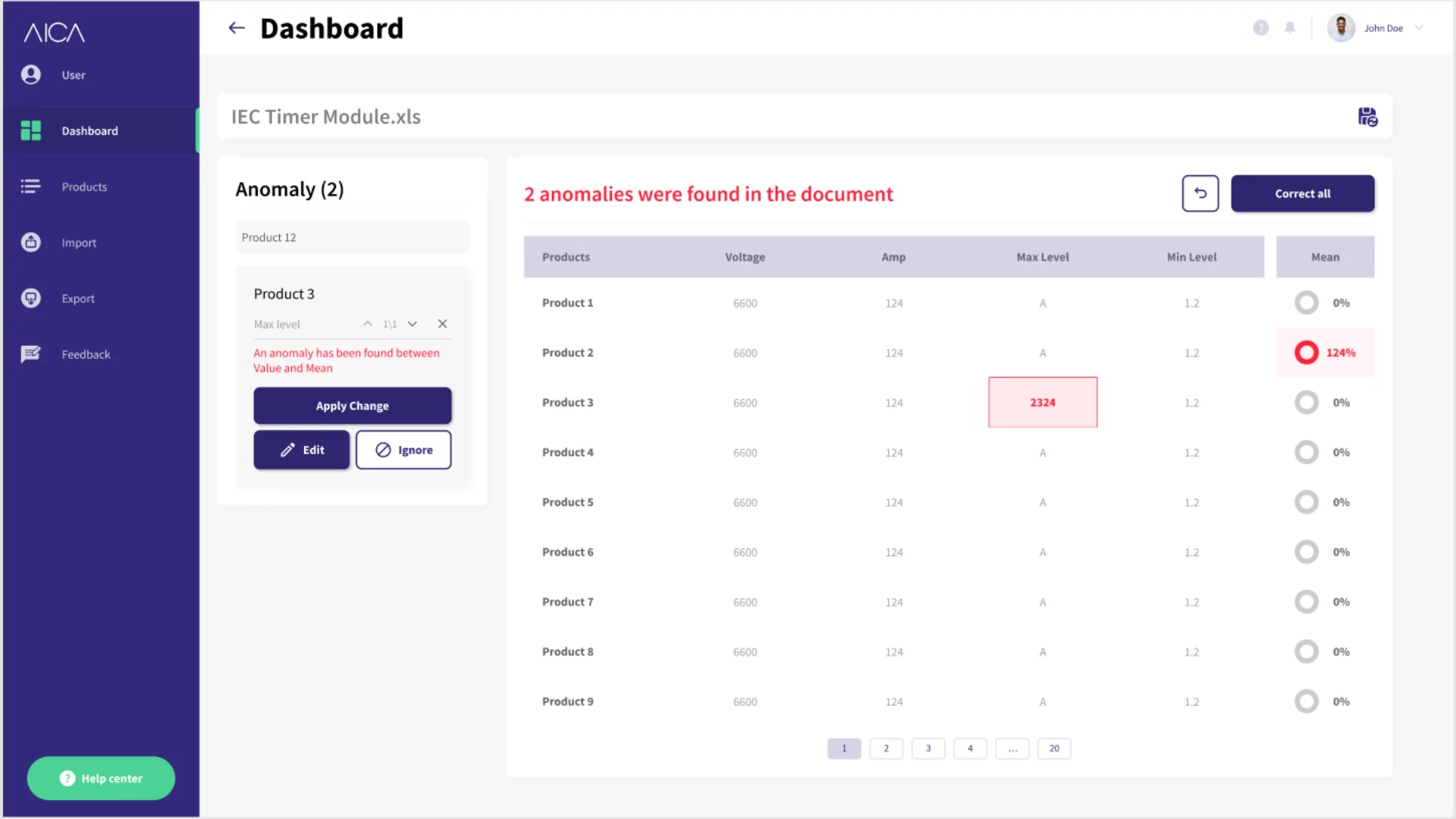
Anomaly Detection
Anomalies in product data are detected by using Six Sigma – a set of techniques and tools for process improvement.
The user is then given the option to either delete or ignore the anomolies.
The user can inspect the product data at line and column level before and/or after the cleansing process has been completed. Options to sort in ascending/descending order, filter, hide and show columns then become available ahead of exporting.

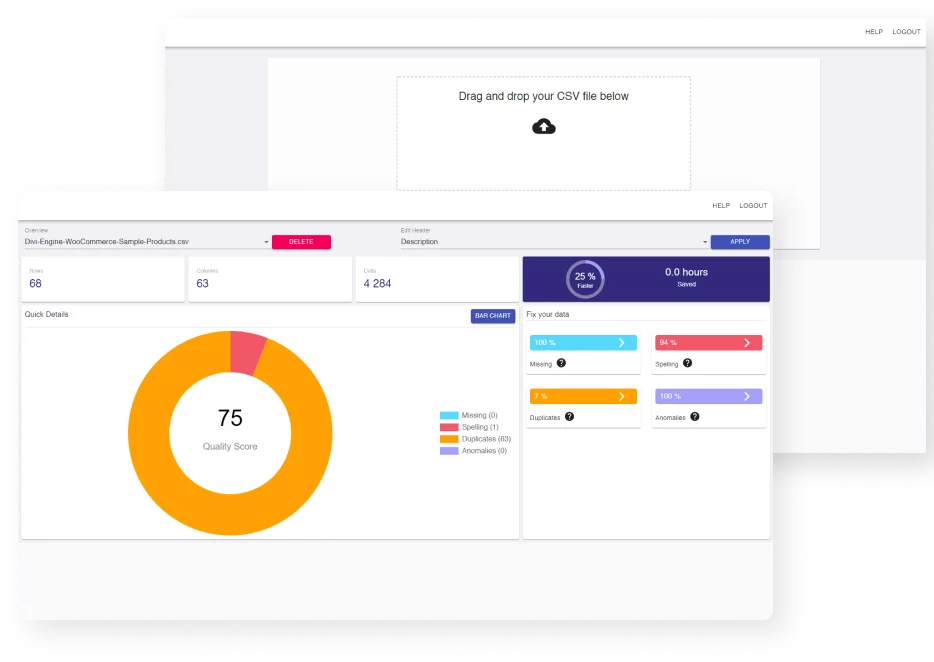
HOW IT WORKS
- Upload
User drags and drops product data .CSV file into AICA platform - Visualisation
Our machine learning algorithms analyse imported data and visualise the results - Cleansing
Dirty data is reviewed and cleansed - Evaluate
Cleansed data is reviewed prior to export - Export
User exports .CSV file for uploads
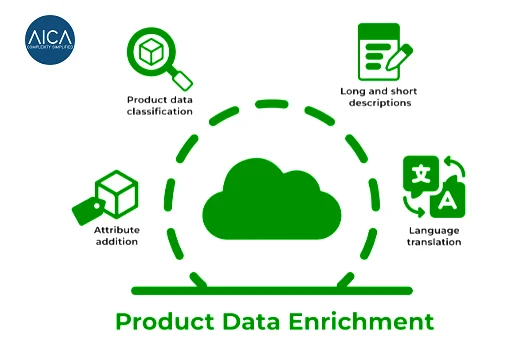
Product Data Enrichment
Data enrichment refers to the process of enhancing or improving existing data by adding new and relevant information to it. This can include adding missing product attributes, such as size, specific parameters, weight, or any other relevant information that helps to describe a product.
The goal of data enrichment is to improve the quality, completeness, and usefulness of the data, making it more valuable for analysis and decision-making. By adding missing product attributes, businesses can improve their product listings, which can lead to higher search rankings, increased visibility, and ultimately, more sales.
Attribute Addition
This involves adding new attributes or details to products, like dimensions, materials, technical specifications, or usage instructions. This additional information helps customers and employees make better-informed decisions.
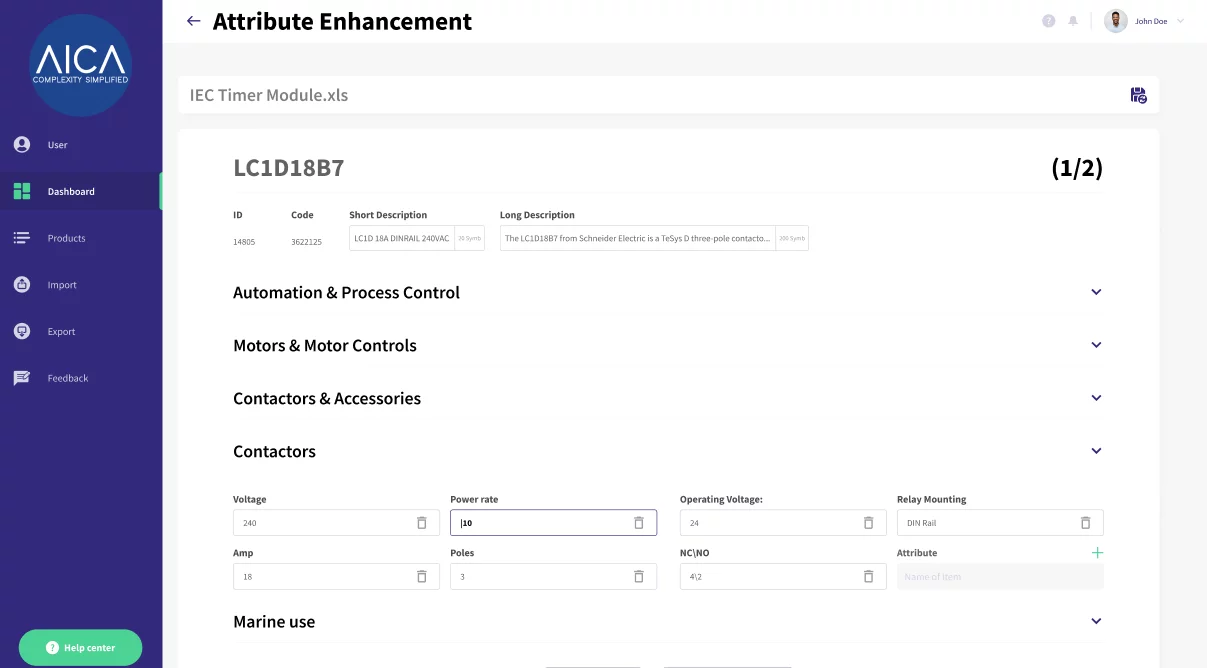
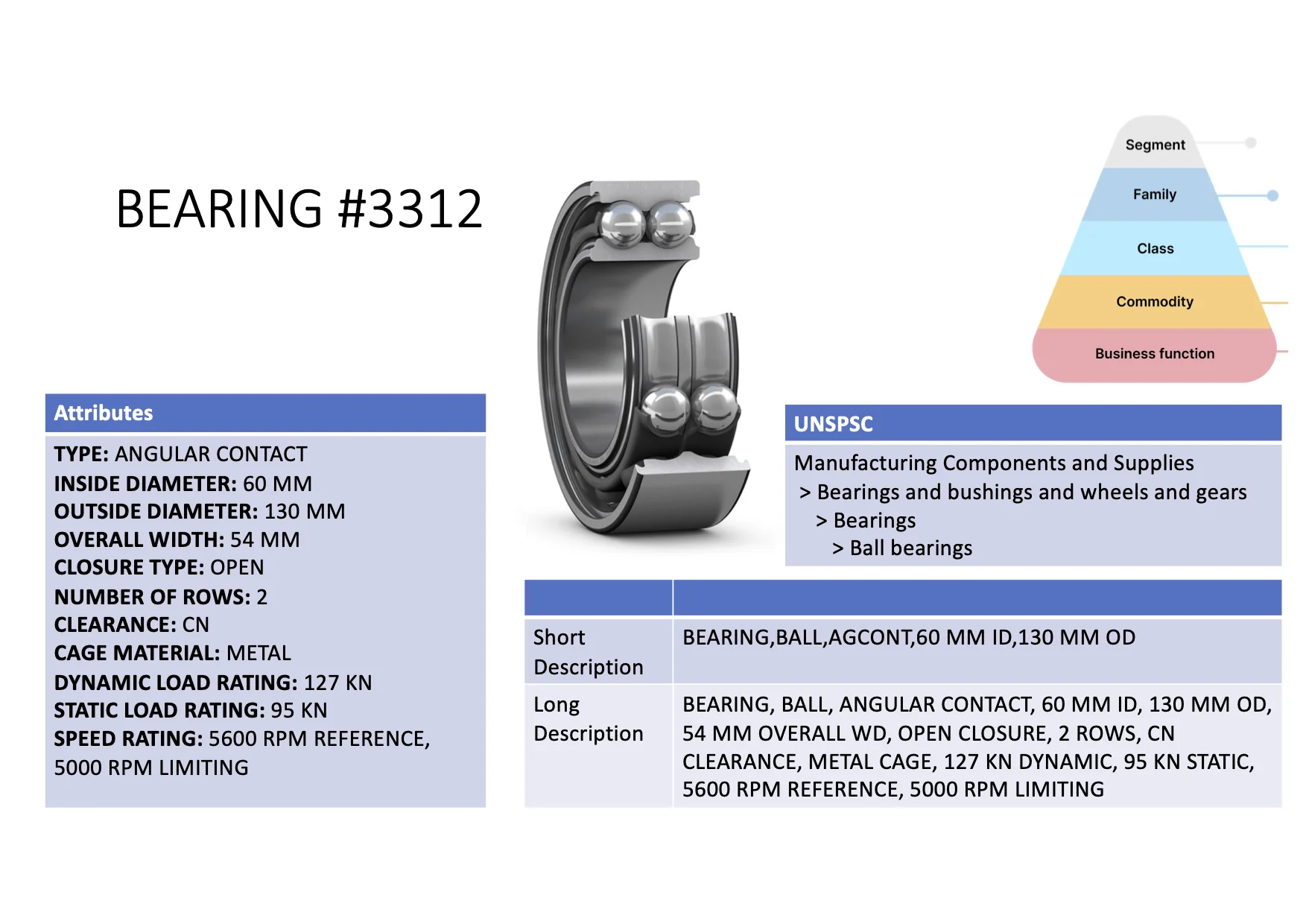
Alternatively, our algorithm can detect and provide options of which classification system to use.
Classificaton systems set the foundation for the development of a product classification strategy.
Product Data Classification
Select the correct classification system that meets your needs e.g. UNSPSC, ETIM, GS1, Amazon, Bing, Google and Shopify. For specific needs that are not met by standard classification schema, customers are able to create their own custom classification systems.
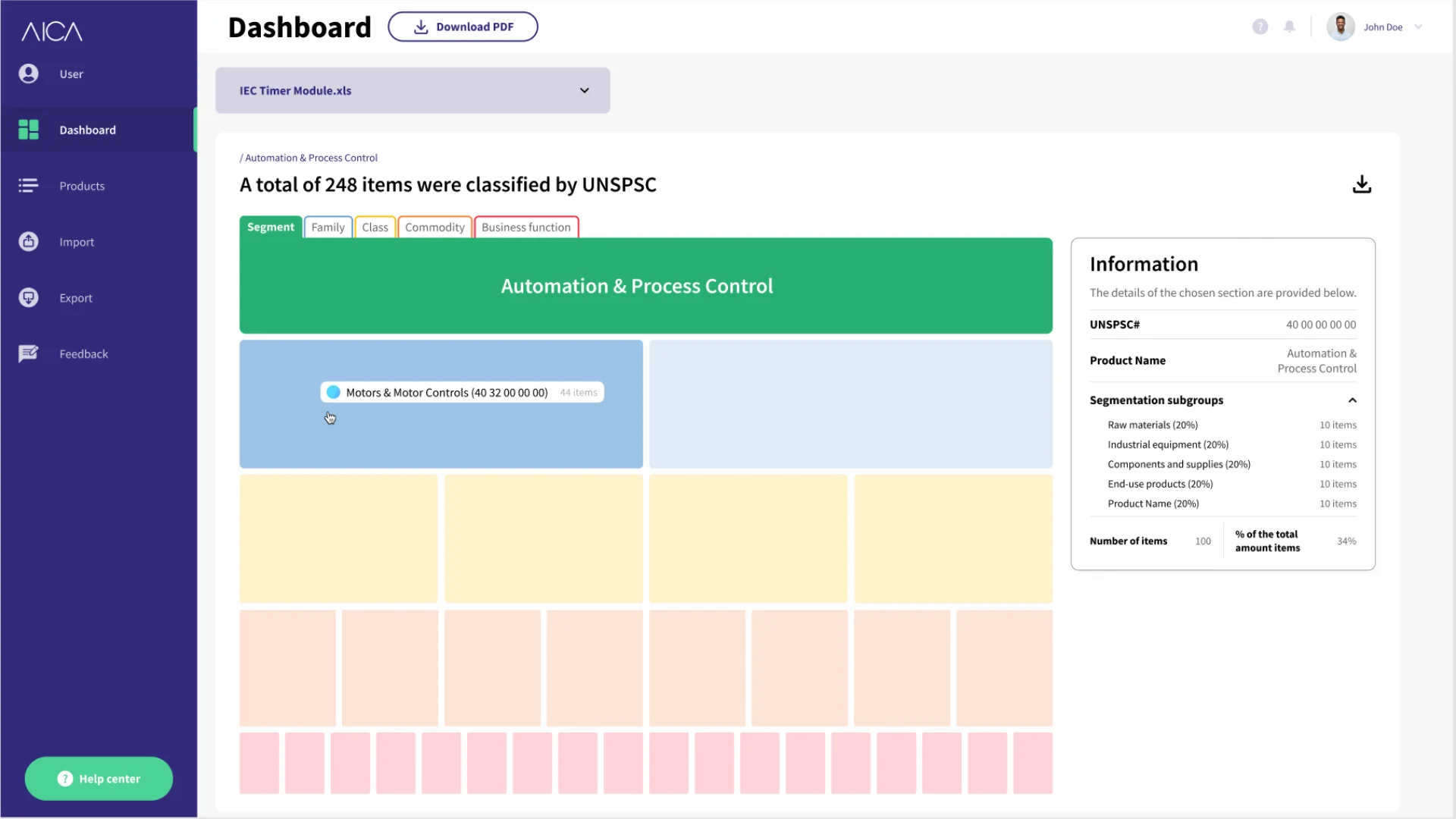
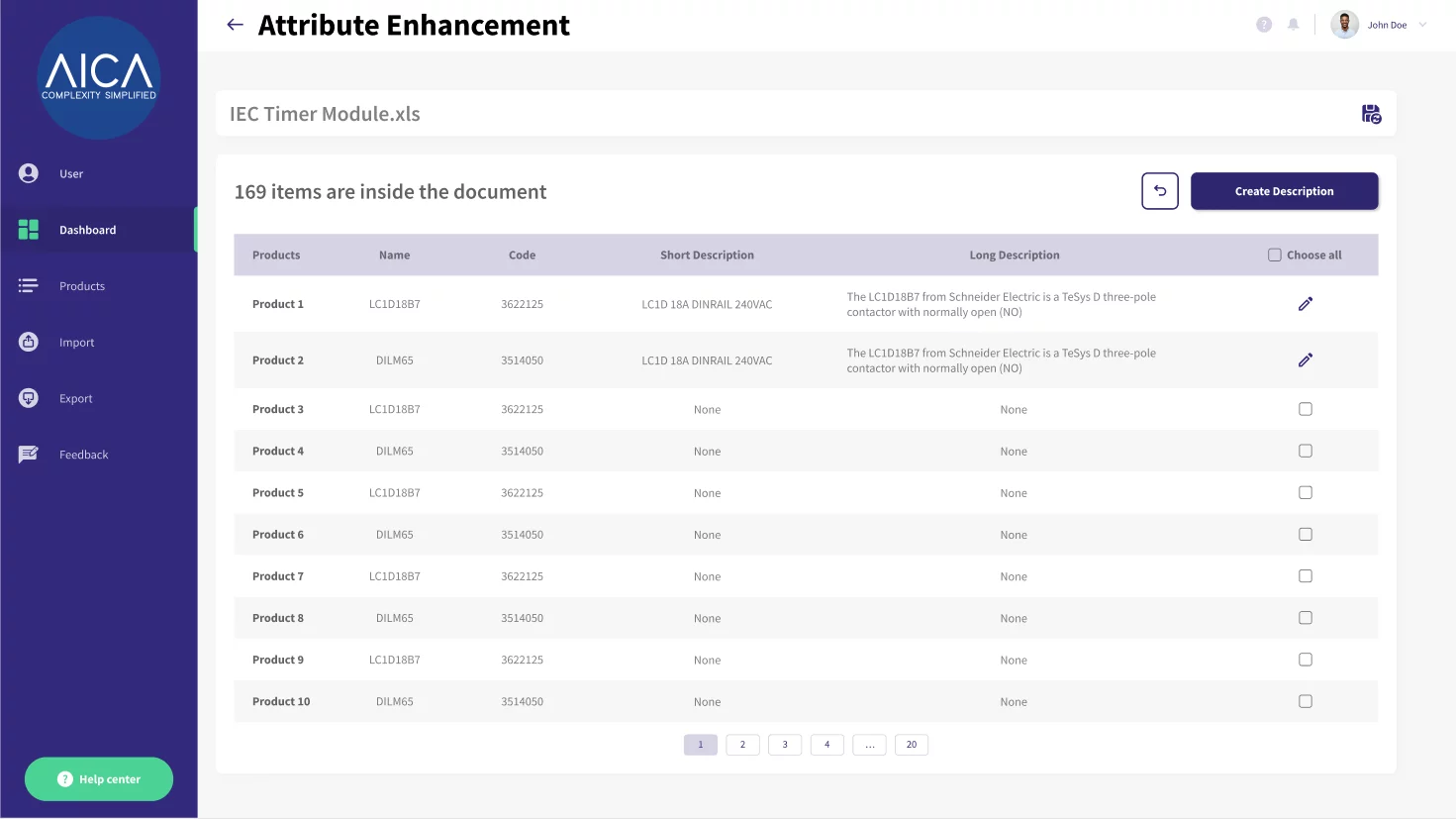
Long and Short Descriptions
Crafting both long and short descriptions for products ensures versatility in how the information can be used. Long descriptions provide detailed information, ideal for SEO and online product pages, while short descriptions are useful for quick overviews, catalogue listings, or mobile viewing.
Translation
Your content goes here. Edit or remove this text inline or in the module Content settings. You can also style every aspect of this content in the module Design settings and even apply custom CSS to this text in the module Advanced settings.
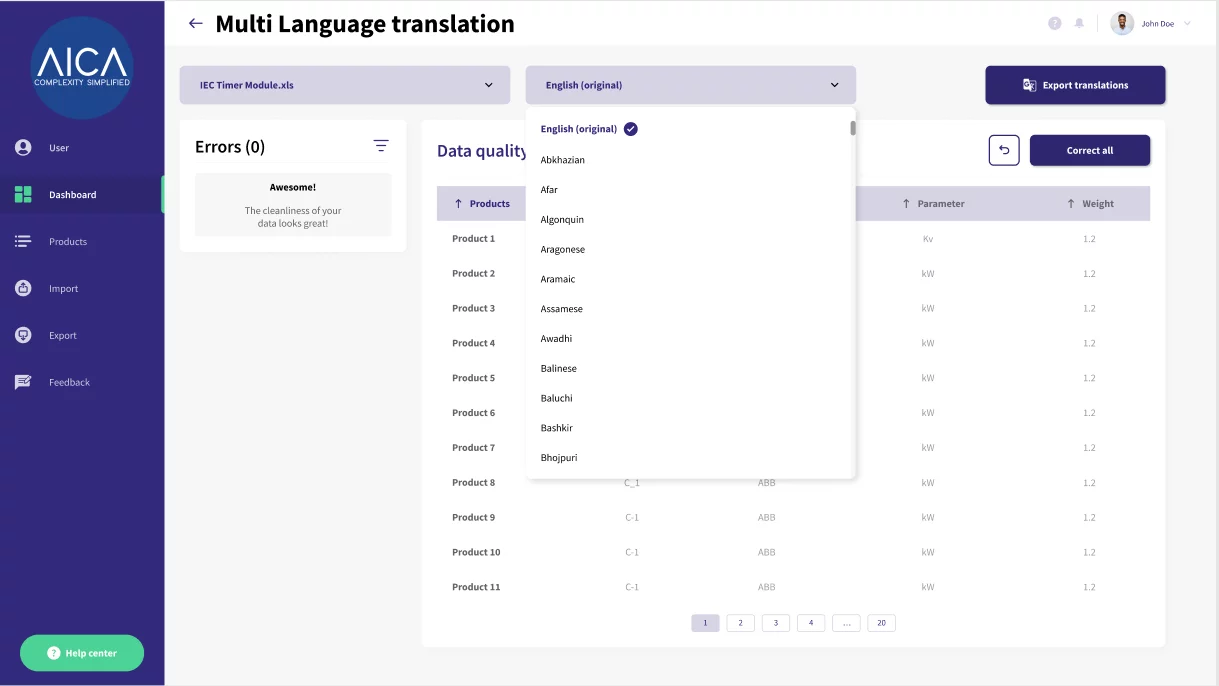
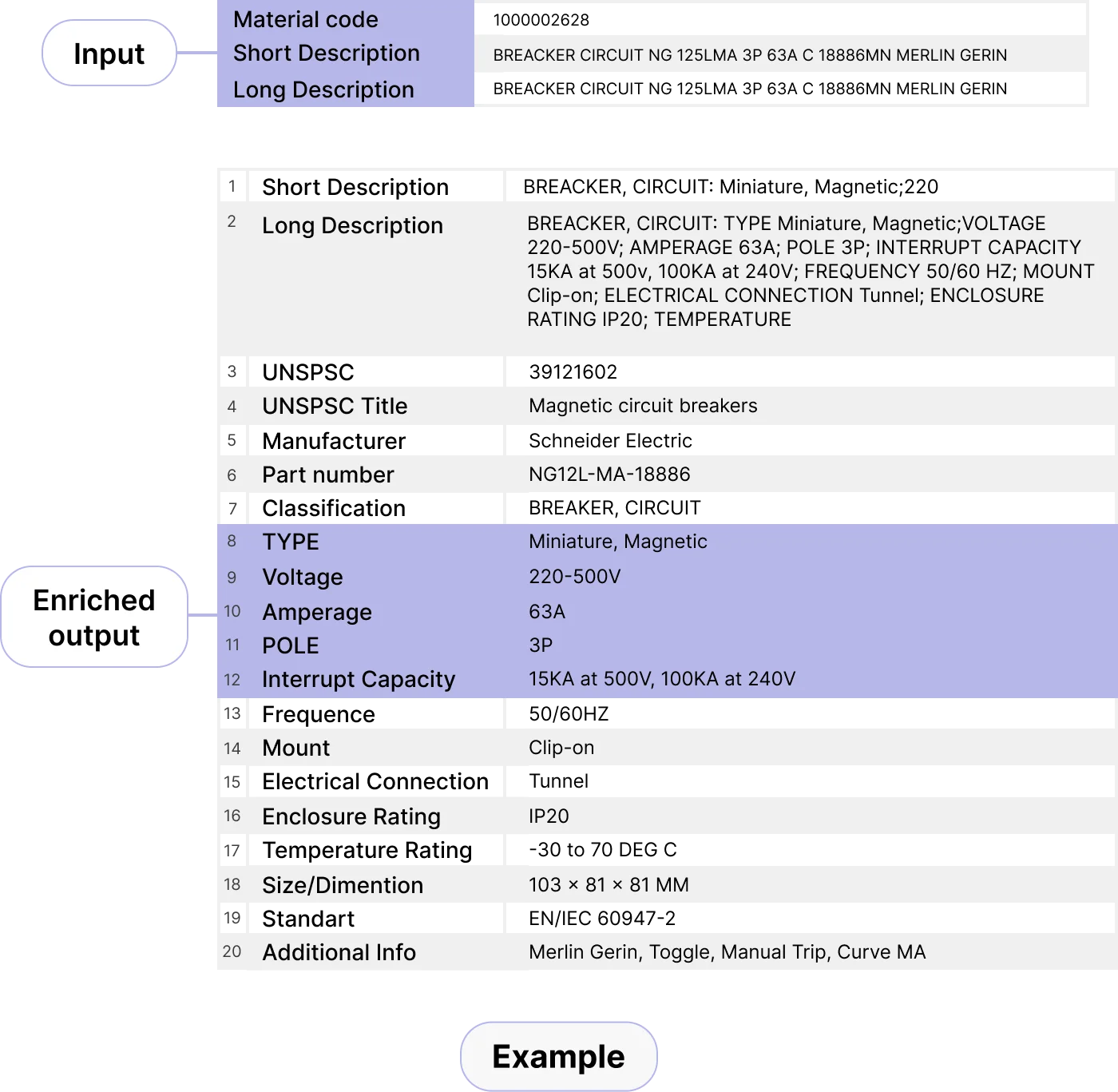
Uploaded product data can be extracted and populated according to the classification system sub categories. What was a long unmanageable product description becomes a detailed product information record with multiple levels. This enriches the product data for better searching and comparsion.
Our machine learning tools allow automatic taxonomy creation, enabling us to assist customers to create their own classification system and further differentiate themselves among their competitors.
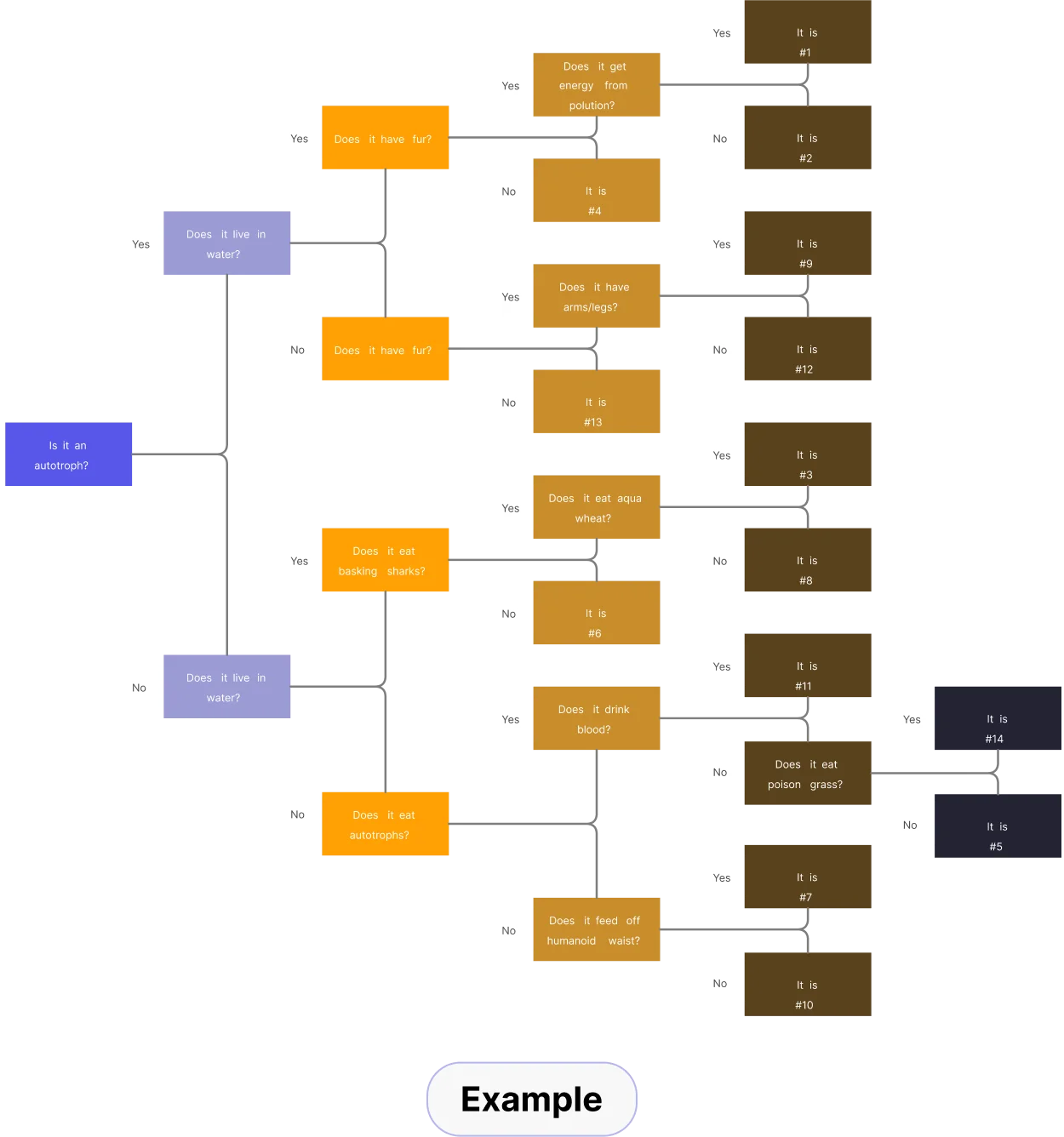
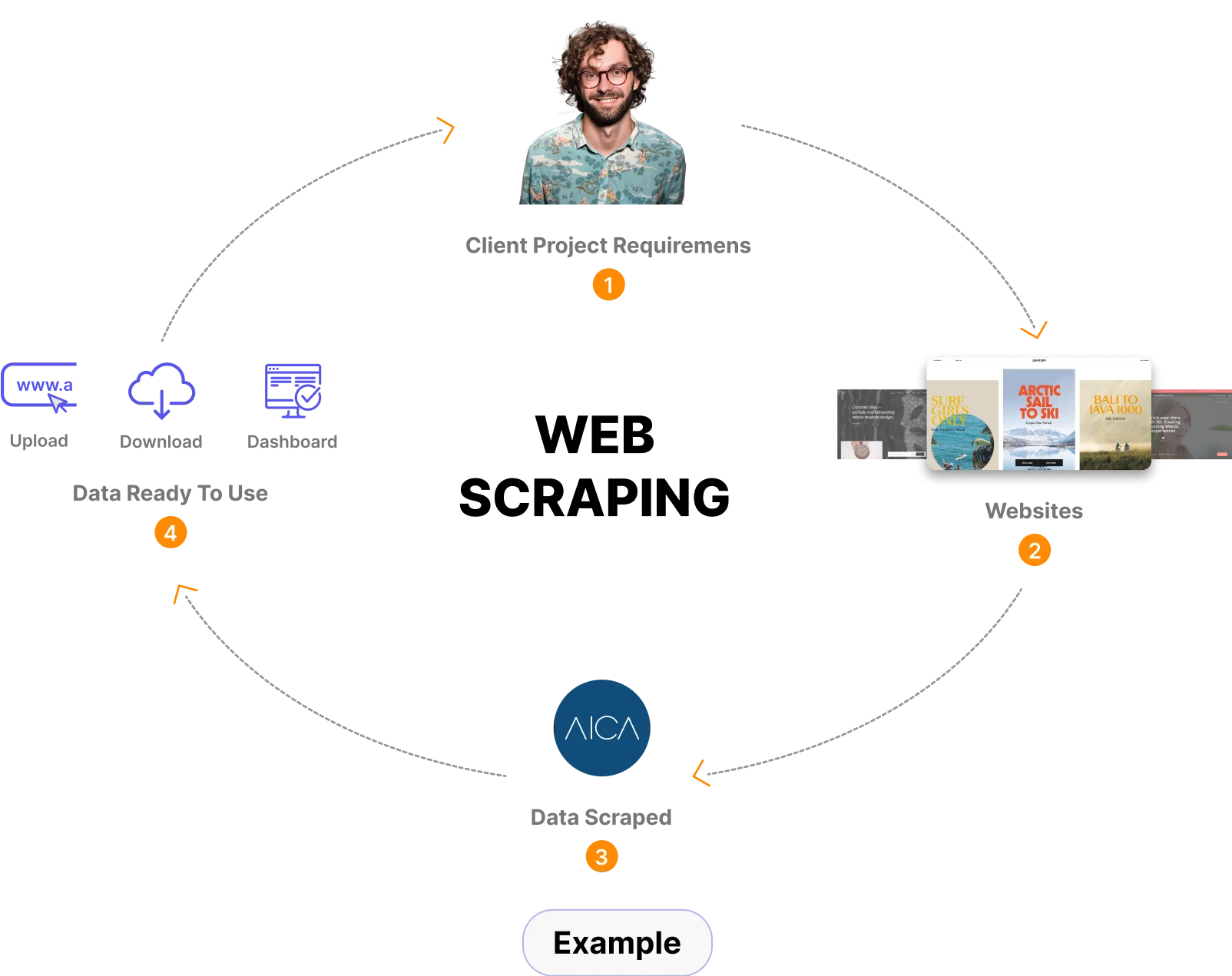
Information supplied by customers relating to manufacturers, suppliers or competitors, is used to scrape websites and technical document. The extracted information is then used to enrich existing cleansed product data.
Product Data Comparison
Data comparison is the process of analysing and comparing two or more datasets to identify similarities, differences, and patterns. This can be done by comparing data from different sources, different versions of the same dataset, or even different datasets that contain similar information.
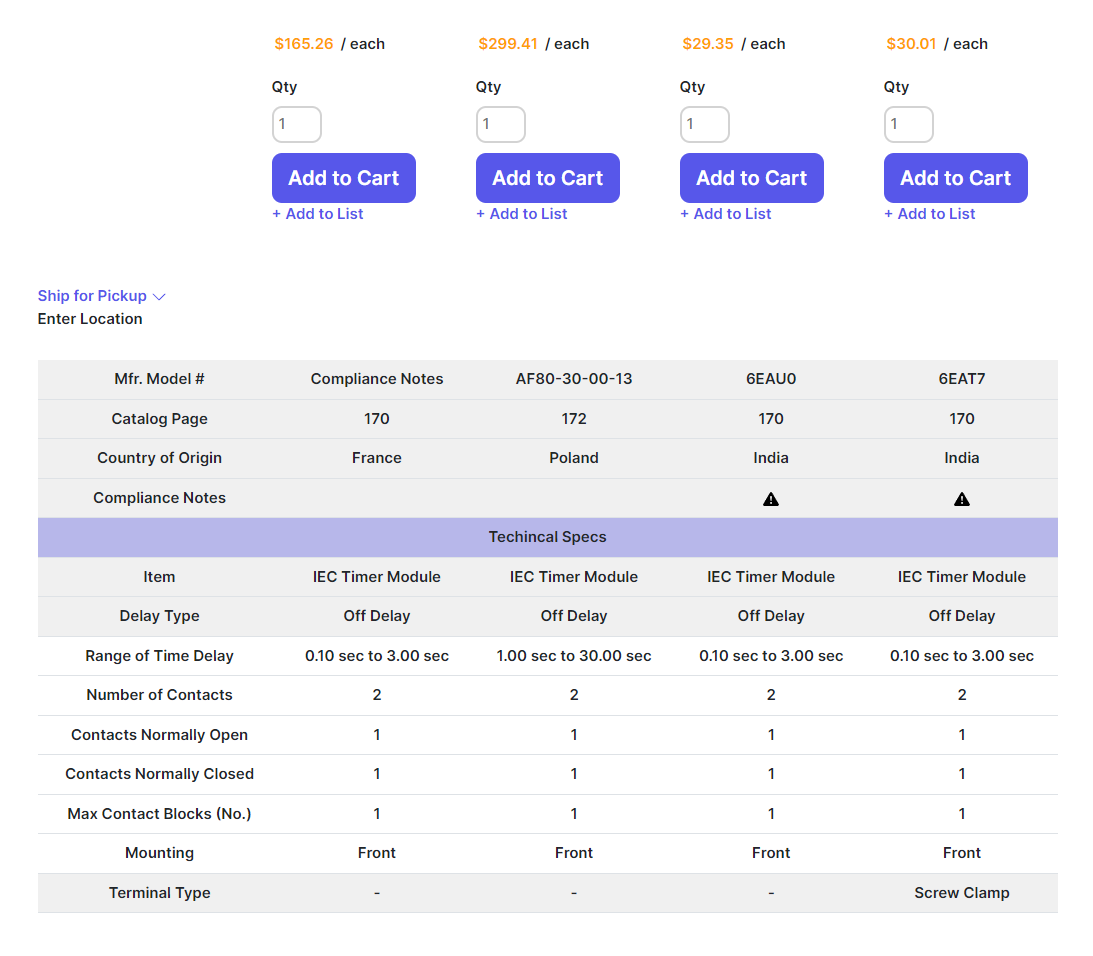

The goal of data comparison is to identify any discrepancies or inconsistencies between the datasets, such as missing or conflicting data, incorrect values, or duplicates. This can help to ensure data accuracy and integrity, as well as identify opportunities for data enrichment or cleansing.
Data comparison is an important step in data analysis and management, as it allows businesses to make informed decisions based on accurate and reliable data.
Product Data Creation
For optimal operational and logistical performance, establishing standardised data for products or services is crucial. By making use of AICAdata, we offer a suite dedicated to Product and Service Data Creation, crafted to streamline your business operations.
This suite ensures accurate and well-organised information is available for new products.
- Attribute Creation
- Number Creation
- Product Classification
- Description Creation